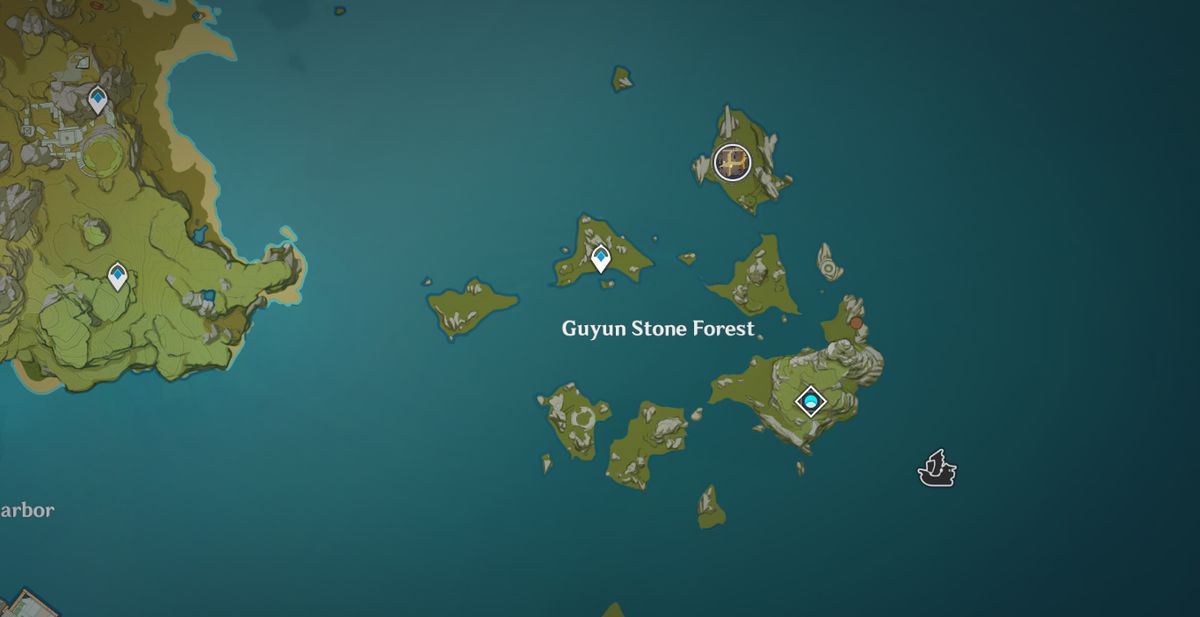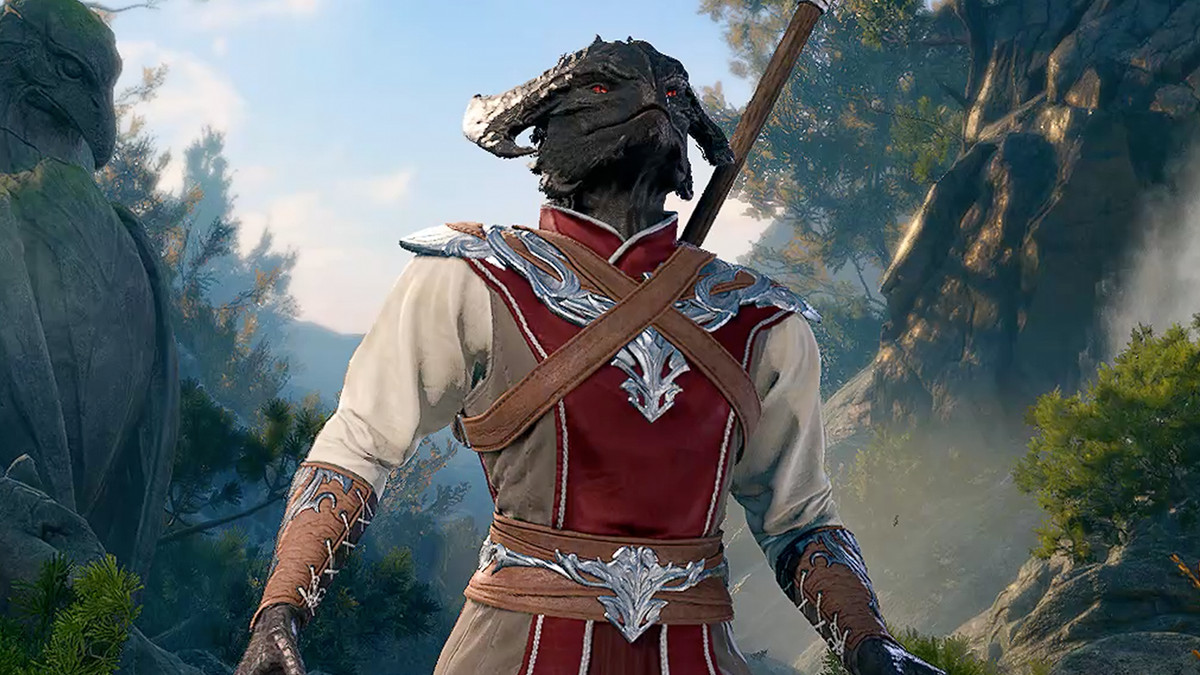A snappier pace allows minor character arcs to flourish
Even by AAA standards, God of War Ragnarök is a colossal game. It interweaves tales of fatherhood, legacies, and cataclysmic events in a semi-open world replete with things to do. But in Valhalla, its free expansion, Sony’s Santa Monica Studio boils combat and adventure down to a much simpler formula. In pulling from Hades’ approach to storytelling, God of War Ragnarök: Valhalla weaponizes repetition to engross you in its roguelite narrative, drip-feeding you deeper knowledge of the Ghost of Sparta and the characters around him with each successive run.
Valhalla, released on Dec. 12, serves as both a new roguelite mode and a story-centric epilogue for Ragnarök. Unlike the upcoming No Return mode in The Last of Us Part 2 Remastered, in which the novelty will lie in taking control of previously unplayable characters, Valhalla puts us back in Kratos’ shoes. This new realm takes a shape that reflects the psyche of the person entering it, showing dreamlike depictions of familiar locales and acquaintances. For Kratos, it’s less about the events of Ragnarök or his relationship with Atreus, and more about confronting his sadistic old self, accounting for past actions, and finding resolution with a wide cast of returning characters.
No, this isn’t the first time that we’ve seen references to the protagonist’s genocidal onslaughts back in Greece. The cutscene where Kratos recovers his Blades of Chaos in 2018’s God of War served as the game’s emotional linchpin, and he’s often telling stories from those times to Atreus, Mimir, and Freya in boat-centric conversations throughout the sequel. In Valhalla, though, Santa Monica Studio is able to explore Kratos’ past without the gravitational pull of a wider, apocalyptic plot. It’s essentially a therapy session for one of video games’ bloodiest protagonists.
/cdn.vox-cdn.com/uploads/chorus_asset/file/25163549/polygon_god_of_war_valhalla_shield.jpg) Image: SIE Santa Monica Studio/Sony Interactive Entertainment via Polygon
Image: SIE Santa Monica Studio/Sony Interactive Entertainment via Polygon Structurally, you begin each run at The Shore, a hub area where you can purchase upgrades, speak to characters after fulfilling side tasks, and choose your starting equipment before your next foray. Valhalla’s Nordic setting notwithstanding, the similarities to Hades are immediately apparent. A list of challenges — use different runic abilities or defeat enemies in a certain manner, to name a couple — rewards you with in-game currency. Rooms often allow you to pick between multiple doors, each with an emblem indicating which reward type awaits on the other side. There’s even a Chaos Boon equivalent: You can pick a Burden of Valhalla that debuffs you for the next few rooms, but grants you a powerful perk or runic attack if you survive.
For all of the initial excitement, it gradually becomes clear that God of War Ragnarök doesn’t have enough weapon variety to act as a fully fledged roguelite. All three weapons (each of which has its own discrete skill tree) are fully unlocked from the start. Most of the runic abilities are drawn from the base game’s pool, so you’re bound to see familiar skills. But the reward systems in place — both in terms of narrative discoveries and character progression, as Kratos’ stats have to be manually upgraded — are leading me to experiment often.
Before runs, you choose a shield type and a rage ability. I’m used to parrying, so I always opt for a shield that allows for snap reactions. As in Hades, however, one option in each category is highlighted at random, increasing the monetary rewards you’ll accrue should you choose said shield. With each subsequent smackdown I partake in, Valhalla’s bite-sized arenas demonstrate the strengths of the combat in the base game. Yes, new enemies and unlockables are a big factor in introducing novelty to existing systems. But there’s a sheer sense of amusement, and challenge, when you’re unaware of what enemies you’ll face in the next room, and how the tools you chose at the beginning will either turn the tide in your favor or add to the pressure of a run.
/cdn.vox-cdn.com/uploads/chorus_asset/file/25163550/polygon_god_of_war_valhalla_yank.jpg) Image: SIE Santa Monica Studio/Sony Interactive Entertainment via Polygon
Image: SIE Santa Monica Studio/Sony Interactive Entertainment via Polygon At the heart of it all, Santa Monica Studio’s most direct ode to Hades is that progress doesn’t occur solely when you tackle a main objective or defeat a boss. Even when you fail a run, you can expect a short conversation or a new cutscene to unfold when you’re back at The Shore. You’ll need to reach certain thresholds to see the quest line in full, of course. But each run is a step in the right direction nonetheless.
I’m not sure how long Valhalla will be able to maintain the magic. After eight hours and over a dozen runs, however, its spell on me has yet to wear off. Unlike Returnal’s Tower of Sisyphus mode, which was built on a foundation already predicated on loops, Valhalla is condensing a gargantuan AAA action-adventure game. Yet by leaning into the strengths of Hades, Santa Monica Studio has achieved a much snappier pace, allowing for a personal journey to flourish free from the shackles of prophesied events.
Valhalla acts as both an epilogue for Ragnarök and a subtle prologue for the events that will unfold in the inevitable third game. But it doesn’t feel tacked on. Instead, it provides an atypical breather from overarching narrative responsibilities and dense areas to comb. As AAA games continue to pursue grandiose scale, this simpler, yet equally rich, structure stands on its own. I hope more studios take notice of the importance of allowing smaller stories to blossom. For now, I’ll take refuge in Valhalla — before Kratos’ next odyssey engulfs me in spectacle and padding once more.



